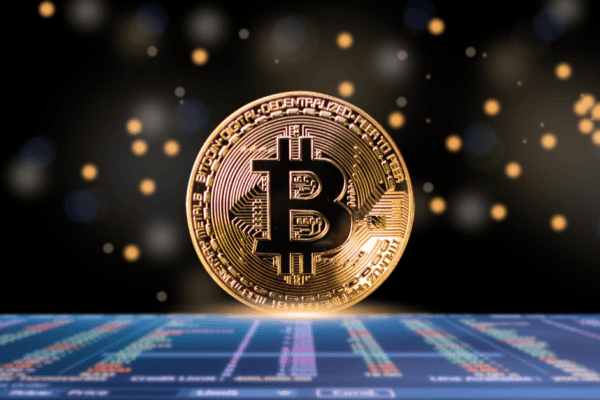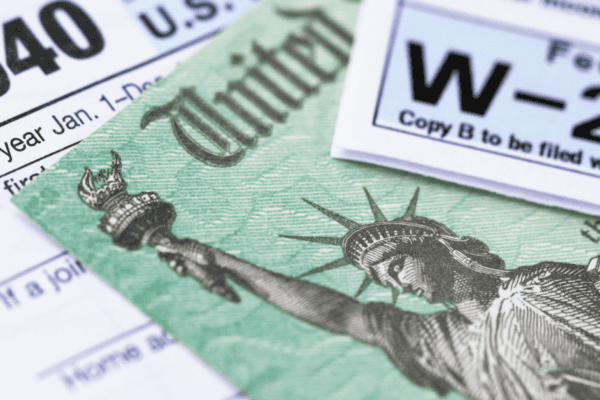To many casual market followers, the announcement from Charles Schwab (followed by TD Ameritrade a few hours later) to eliminate commissions for online Equity and ETF trades seems like, on the surface, a victory for the average investor. Zero commission equity and ETF trades aren’t new to our industry. In fact, Fintech unicorns like Robinhood and SoFi have offered this benefit from the start as part of their value proposition and as a differentiator from more traditional brokers. Starting today, though, the disruptors have been disrupted. The more traditional brokers are starting to adopt the fee-free model by first lowering – and now eliminating – online trading fees for certain transactions. The fee-free paradigm shift has begun, and some are ready to declare victory for everyday investors.
Not so fast.
It’s not that we are overly cynical when it comes to brokerage firm claims (although we can be, and sometimes for a good reason), but anytime the word “free” is stamped across the headlines, it’s worth taking another look under the hood. However, before we do that, it is worth reviewing how a traditional broker makes money from trading. For length, this list has been truncated and is merely for illustrative purposes. For ease, I’ve included simple examples of both explicit (the ones you see) and implicit (the ones you don’t) revenues for the broker.
A typical brokerage firm can earn revenue from charging a trading fee on transactions within investor accounts – this is the “toll” you pay to have access to and participate in the capital markets. Sell a stock – pay a trading fee to the broker. Buy an ETF – pay a trading fee to the broker. So on and so forth. Fees are taken when any transaction is made and paid directly to the brokerage firm to offset the administrative costs associated with the secure transaction. These fees are fairly transparent and easy to calculate for the average investor – these are explicit costs. For example, a typical fee schedule will read something like $25 per trade for Mutual Funds, $4.95 per trade for ETFs, $6.95 for Individual Equities.
Brokerage firms can also earn revenue from routing their order flow to a third party (e.g., High-Frequency Traders or HTFs) for execution. At a very high level, a brokerage firm can agree to route the execution of trades entered on their platform to a third party and, in return, accept what’s called an income rebate; in some cases, as high as a penny or two per share. The third-party will then take those orders and execute them using “best execution*” and return the proceeds to the brokerage firm that routes the proceeds back to the investor’s account. Since best execution doesn’t always guarantee the best price, this service can effectively act as a tax on security transactions executed on the broker’s platform; a tax in which the broker can be paid handsomely to have levied on their account holders (more detail on that later). The additional costs to the average investor don’t manifest themselves as a line item in their investment account, but they appear in the sub-optimal prices given for each transaction. So a sale could effectively produce fewer proceeds because of a lower execution price, or purchase could cost more than it would otherwise from a higher execution price**. The conflict of interest that can be created within the maker-taker relationships between brokers and third parties has been under scrutiny in the US and has been all but eliminated in Europe with MiFid II’s passage in 2017. These costs are implicit, less transparent, and impactful for the average investor. If this practice makes you uneasy, it should – in fact, one of the pioneers of purchasing order flow to profit from was Bernie Madoff.
Back to free.
Schwab’s announcement is a step in the right direction and does move to eliminate a portion of the average investor’s fee equation. However, the move only expedites what was already in motion across the industry; transaction fees have been coming down across the board. This move gets us to the logical end of the line (unless, of course, investors start getting paid to trade!). For Schwab, trading revenue from commissions and fees only represented 8% of total revenue in 2018 (a new all-time low), down from 11% of total revenue in 2016 and 50%-60% of total revenue in the early 1990s. At the same time, Schwab’s order flow revenue from their equity and options orders increased roughly 22% year over year (from $114 million in 2017 to $139 million in 2018). Despite eliminating the explicit and transparent costs for equity and options, Schwab is growing the average investor’s implicit and opaque costs. Schwab is not unique in doing this – the aforementioned Robinhood and SoFi, along with E*Trade, and TD all accept rebates for order flow. In these cases, free on the front end can mean additional costs on the back end.
This all ties back to one of Greenspring’s main beliefs – fee and costs matter. When reviewing our investments’ details, we want to know how these trading costs, both implicit and explicit, are factored in and accounted for by our clients. We gravitate towards partners and managers who do the same. We believe in fee transparency and feel as though these costs should not be overlooked or forgotten about. When possible, we prefer to construct our portfolios using mutual funds which trade at their net asset value (NAV) and don’t have the same potential implicit costs that other security types do (the zero dollar commission announcements from both TD and Schwab were only applicable to Equity, ETF, and options trades). We believe that sometimes, and free isn’t all it’s cracked up to be in some cases.
As a general rule, I try not to shy away from my personal mantra of “If it’s free, it’s for me.” However, after reviewing the details underlying these “free” headlines, zero dollar commissions appear to be more a case of ‘” if it’s too good to be true, it probably is.”
*In this case, best execution is defined as the opportunity to get a better price than what is currently quoted, the speed of execution, and the likelihood that the trade will be executed.
** For Michael Lewis fans, this may sound familiar – order flow payments and high-frequency trading were the subject of his 2014 book Flash Boys: A Wall Street Revolt.



